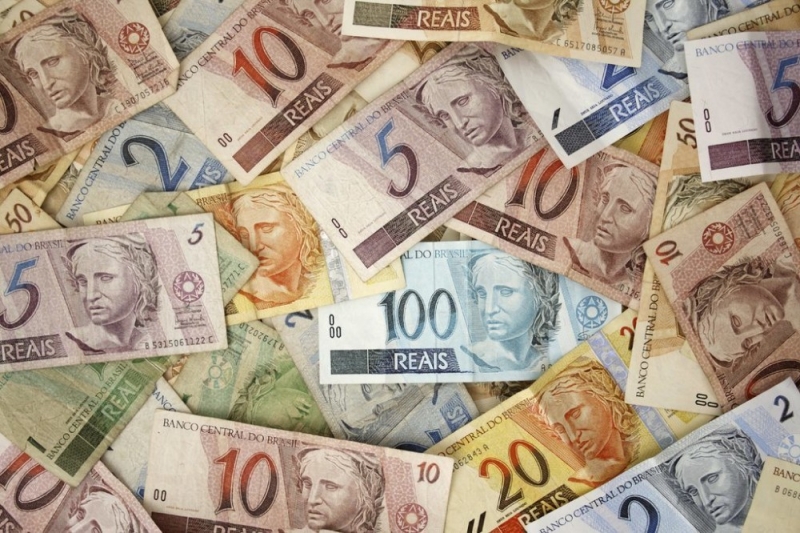
Brazil’s enormously high interest rates cause serious, unnecessary damage to the economy
The Right in Brazil likes to complain about taxes, but they don’t seem to have any problem with the biggest and most economically destructive tax of all: the exorbitant interest rates that Brazilians pay on their public debt. We can look at these payments as if they were a tax, since they are levied on the public.
In 2016, about 7.6 percent of Brazil’s Gross Domestic Product (GDP) went to interest payments on the debt. This was the fourth highest interest burden on public debt in the world, out of 183 countries. Countries with a similar interest burden include Yemen and Egypt, which are plagued by civil conflict, unlike Brazil.
Brazil’s interest burden is not due to the size of its debt ― which is not that big relative to the economy ― but rather because of the interest rates that it pays. Why does the government pay so much? About 44 percent of Brazil’s public debt is tied to the Selic rate ― the short-term policy rate that is set by the Brazilian Central Bank. And the Selic rate helps determine the interest paid on other debt as well. This rate ― in real, inflation-adjusted terms ― is one of the highest of all the central bank policy rates in the world; for the years 2003–2015, it was fifth highest among the 68 countries for which there is data.
In other words, Brazil has sky-high interest rates not because of any risk of default, low savings rates, or other market forces, but because its own Central Bank decides to make them this high. On May 31, the Central Bank lowered the Selic rate again by 1 percentage point, to 10.25 percent. But the real Selic rate ― the interest rate minus the rate of inflation, which is what matters most ― remains higher than it has been for most of the last eight years, because Brazil’s inflation fell faster than the Selic rate.
Why does the Central Bank subject Brazilian taxpayers and the Brazilian economy to such unnecessary punishment? The most obvious answer is the influence of Brazil’s financial sector, which is more politically powerful in Brazil than even Wall Street is in the United States.
These high interest rates are an enormous drag on the economy as it struggles to recover from a depression. They have also contributed substantially to the long-term sluggish growth of the Brazilian economy, since investors can choose to get a safe, high-yield return on government bonds that are often protected from inflation or exchange rate risk, rather than investing in productive activity.
The interest burden on the debt is even more deadly now that the current government has ― some would say insanely ― passed a constitutional amendment freezing real spending for 20 years. If the country had normal interest rates on its debt, it would free up tens of billions of reais for an economic stimulus. Of course, with more than $370 billion of foreign exchange reserves, the government can well afford an economic stimulus to jump-start the economy. But don’t expect a government that is owned by the largest banks and financial interests to do what’s right for the economy, in either fiscal or monetary policy.
Mark Weisbrot is Co-Director of the Center for Economic and Policy Research in Washington, DC, and the president of Just Foreign Policy. He is also the author of “Failed: What the ‘Experts’ Got Wrong About the Global Economy“ (2015, Oxford University Press). You can subscribe to his columns here.
(From the HuffPost)

